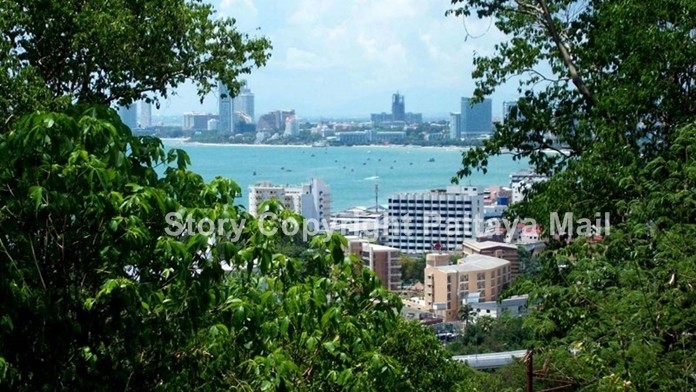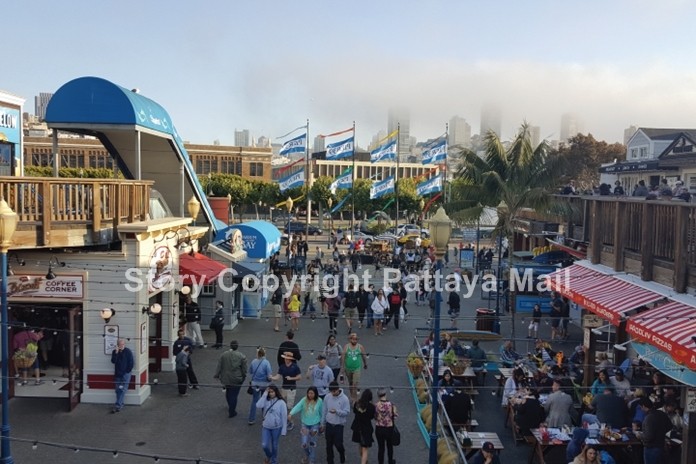
Whilst most of us are debating whether travel bubbles are worth the effort and how many bars and massage parlours might be forced to close soon, fantastic sums of money are being spent on a very different futuristic Pattaya. Hold on to your hats.
Admittedly, some of the cash is about beaches. A four kilometer stretch of Pattaya beach is being landscaped with bonuses such as underground toilets for 160 million baht, whilst a Jomtien beach project to reverse coastal erosion is at planning stage. Meanwhile, City Hall is taking advantage of the lack of tour buses on the roads to advance its plans to put cables underground and to improve drainage. Wait and see on that one.

But the real cash is being spent elsewhere. In the last four years, the Eastern Economic Corridor (EEC), based in Chonburi and two other provinces in eastern Thailand, has attracted investment applications totaling US$40 billion from public funds in partnership with Thai and foreign investors. The upgrade of U-Tapao international airport, the high-speed rail ribbon sprawl linking three main airports and the expansion of Map Ta Phut and Laem Chabang seaports are all going ahead.
There is also a medical hub located at the Thammasat university campus in Pattaya which has launched its Lakeside Premier Complex, to be a full-service nursing home and medical hospital for the elderly. Meanwhile the electrical and electronics industry is a major investor in the EEC along with the automotive and petrochemical industries. The EEC is already home to many multinational corporations including Emerson, Samsung, Sharp, Sony and Sumitomo. In 2018 Hitachi opened the Lumada Center Southeast Asia in Chonburi.
The EEC promotional zones qualify for tax and non-tax investment incentives for specific industries, including exemption from corporate income tax for up to 13 years. And that’s the attraction for investors seeking long-term yields. Companies wishing to reach the regional ASEAN marketplace with a population of more than 650 million people are investing in Thailand because of its strong connectivity to regional and global markets. It’s all about buying and selling.
This is not to deny that Pattaya will have a future as a beach resort and vacation spot but to recognize it lies in the middle of a post-industrial revolution with satellite cities on the horizon and investments worth untold trillions of baht. The proposed monorail system to link Pattaya railway station to downtown at a cost of nine billion baht is a good example of the integration of traditional beach holidays with a starkly different technological future.
A test case is coming up with the future of Pattaya’s Walking Street which is currently undecided. Maybe it will revert to its night-time status once the pandemic is over. Maybe it will transform itself into a Thai (rather than foreigner) recreational area with the bars playing Isaan music and the street stalls selling Thai products and food. Or maybe a huge EEC grant will knock the entire area down to be replaced by a green zone with a mini-zoo and aquarium, a water park, children’s rides and international restaurants galore. You might almost imagine you were at Pier 39 San Francisco.
 |
 |
 |





